A Walk Inside Fort Santiago
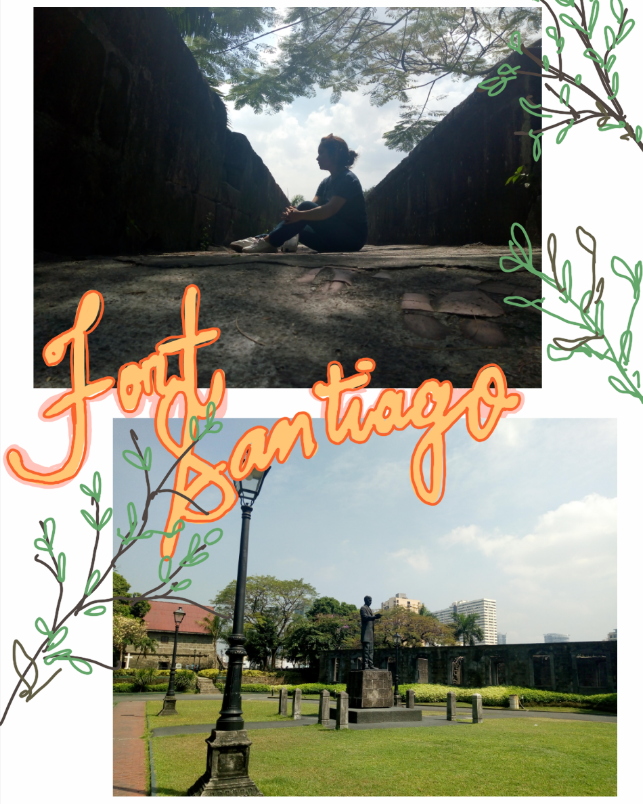
Brief History
Fort Santiago or Fort James in english (I got that the Spanish name Santiago is James through reading the Bible) is located on on the farthest portion of Intramuros near the Pasig River.
Quick Tip:
I suggest you visit this place not on summer season as the heat of the sun was really very unforgiving. I got sunburn over the visible portions of my body and I was not still able to recover. I also suggest you bring water as the area is so wide that you might feel dehydrated
Now let us continue!
Upon reading the markings, I learned that it is one of the oldest fortifications in Manila as it was built on 1571, on the area where Raja Soliman settled. Just like old forts, churches, and infrastructures were made with logs and earth materials. Three years after, it has been destroyed by Limahong attack.
According to Historical Research and Markers Committee, Fort Santiago was built of Volcanic Tuff by Governor Gomez Perez Dasmariñas in 1590 which lasted for three years in place of the Wooden Palisade of Raja Matanda.
Furthermore, according to the previous Photo Exhibit held in Intramuros, it has a strategic location as it is located in the heart of Mnila. It was an ideal venue for shipping business and related concerns.
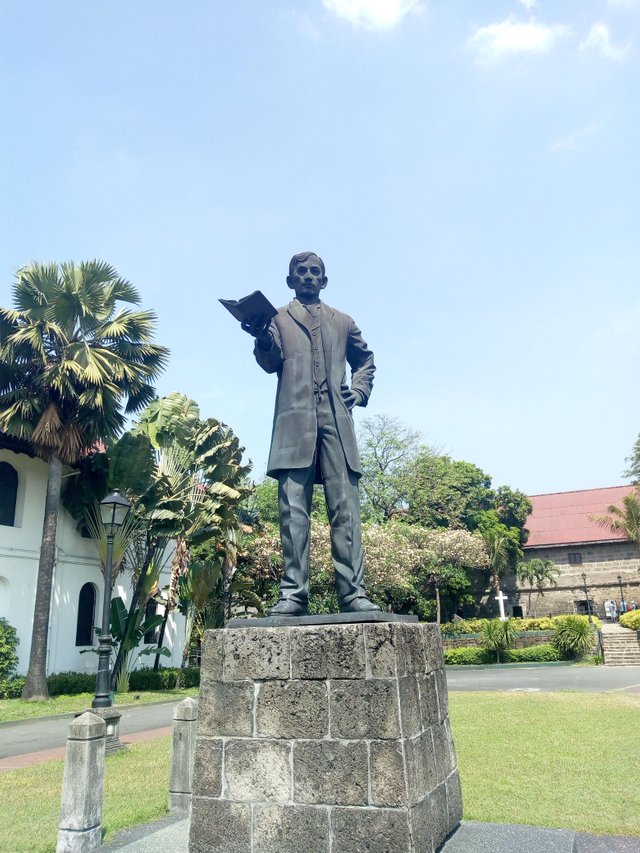
The Stone Fort was then built on 1589 until 1592, unfortunately it has been damaged by an earthquake in 1645. It has been damaged multiple times but has been rebuilt. It also served as a headquarters by British Occupation Army in 1762 to 1764, and headquarters of the Philippine Division of the US Army.
During the Second World War, particularly in 1942, it has been occupied by the Japanese military where thousands of freedom fighters or guerillas who were captured were imprisoned, tortured and executed. In 1945, the final year of the Second World War, it has been destroyed because of the Battle of Manila.
In 1946, it has been turned over to the Philippine Government which in it used to serve as depot by the US Transportation Corps. Four years after (1950), it was declared as Shrine of Freedom. It was then restored and maintained by the National Park Development Committee. But then in 1992, the management was taken over by the Intramuros Administration.
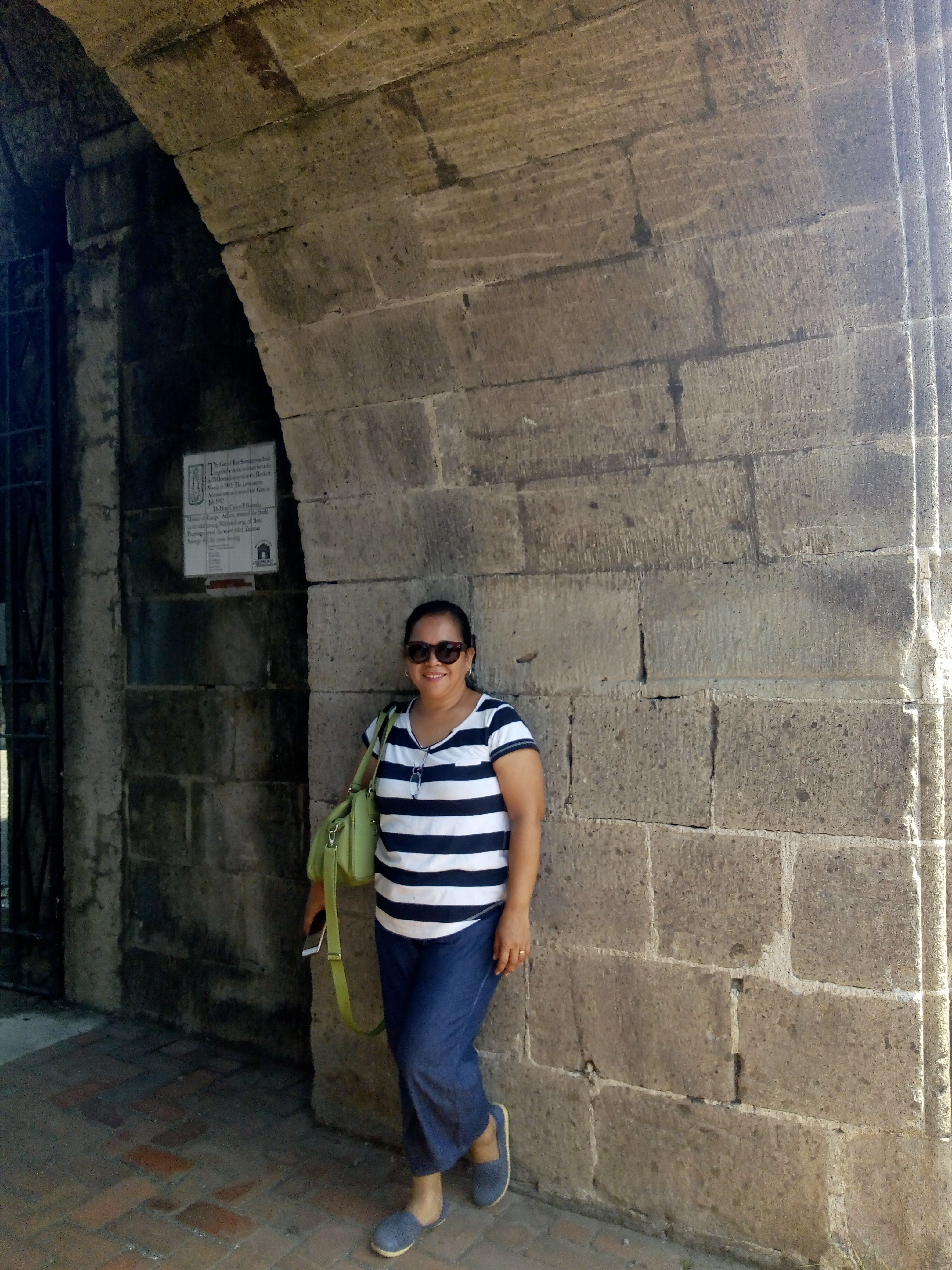
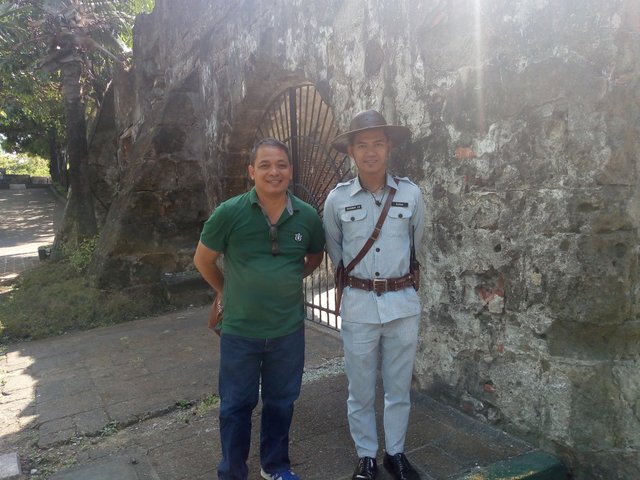
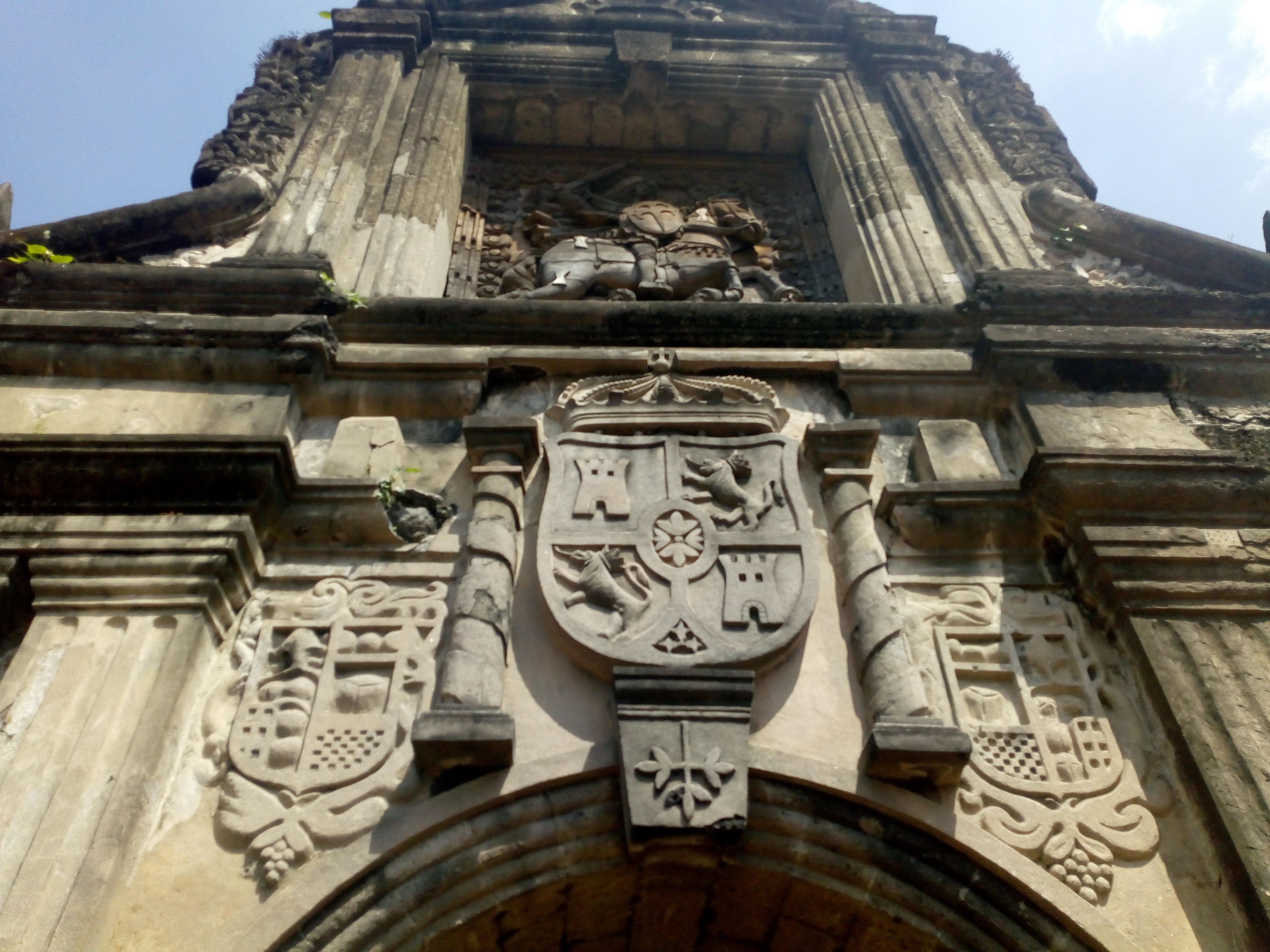
My parents made a pose near the Gate of Fort Santiago. By the way, the Gate of Fort Santiago was built together with the military barracks way back 1714. In 1945, it was destroyed during the Battle of Manila.
It was Hon. Carlos P. Romulo who was the Minister of Foreign affairs and had donated the funds for the relief carving. Meanwhile Zacharias Salonga did the stone carving and Wilfredo Layug who carved the wood relief.
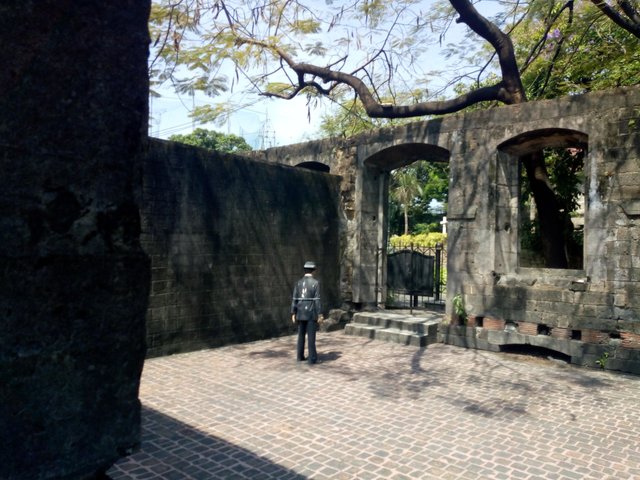
Aside from what were mentioned, Fort Santiago served as where the last final hours of Dr Rizal. He was detained on the room where the statue can be found.
Before Rizal was shot in Bagumbayan, and was sent to Fort Santiago, he was exiled in Dapitan. I was able to visit Dapitan multiple times and visited where he stayed and had romance with a nonFilipino.
During my visit in this portion of Intramuros, I had a clearer walkthrough of what happened tou our national hero.
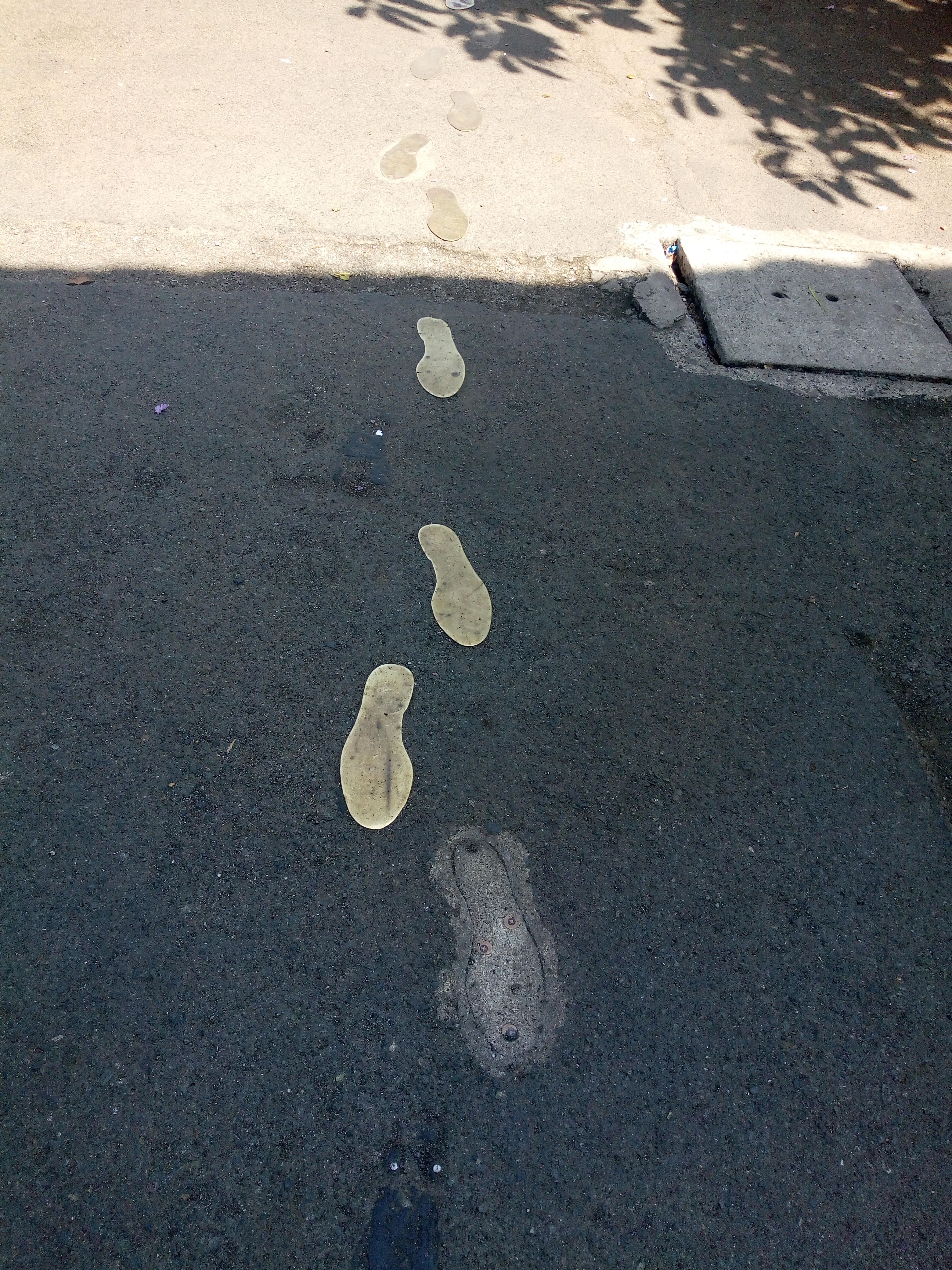
I wonder what he felt few hours before his execution. I wonder what he had in mind. I wonder whether or not he felt he was a failure. I wonder whether or not he felt the sense of accomplishment.
I also wonder how his family and friends felt before, during, and after his execution. I certainly had a lot of things in my mind.
I tried following it and realized how small his feet were. One of the guards who was dressed as guardia sibil told me then that Dr. Rizal was as short as me.
Pag-aaklas ng Rehimyento ng Tayabas
The members of the group of men in Tayabas under the leadership of Sargeant Samaiego revolted to give justice to the murder of Apolinario de La Cruz and the members of Confradia de San Jose by the Spaniards on November 1 -4, 1841
On January 20-21, 1843, Fort Santiago was attacked by the men of Tayabas together with the help of the Filipino guards. The Spanish authorities were defeated. Sargeant Samaniego was hung together with his fellows at Bagumbayan on January 22, 1843.
Certainly, a lot of things happened in this place. There can be found a memorial for the victims at Fort Santiago. The site lie the remains of 600 Filipino whoss bodies were found in a nearby dungeon. They were victims of the Japanese Imperial Forces that were imprisoned during the last days of February 1945.

Photos are taken using Moto E4 plus.
References:
Information are taken from Intramuros Administration Markers attached to monuments and buildings.
nung bata ako halos mamemorize ko na yang lugar dahil dyan lagi nagffieldtrip haha!